3 feedback methods for improving your horseback riding & breaking the habit of looking down: Episode 15
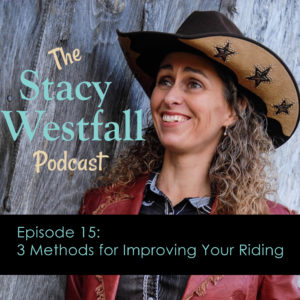
Subscribe and never miss an episode! (I listen in the barn and when I’m out driving)
Subscribe For Free!
“The more specific you are with your feedback loop the faster you'll get to where you want to be.” Stacy Westfall Click To TweetLast week, I talked about how time and repetition will create a feedback loop that you can modify. This week, I’m going to expand on the concept of the feedback loop and share three ways to get riding feedback for continued improvement. There are pros and cons to each method.
You need to weigh out which method is the best for you and which methods you can combine for the best results. The three methods are eyes on the ground, mirrors on the wall, and videotaping. In this episode, I talk about what these are and how to get the most from each method.
“A mirror can give you a snapshot of your frame and the horses frame.” Stacy Westfall Click To TweetShow Notes
[01:44] Eyes on the ground means someone watching you from the ground like a riding instructor.
[03:00] Having higher educated eyes on the ground will change your feedback loop.
[04:37] The pros of having eyes on the ground is getting feedback. Hopefully it’s feedback with an educated opinion like from an instructor. Cons include cost and time.
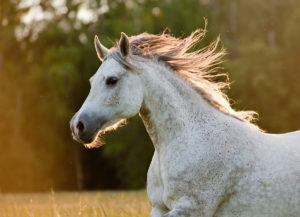
[05:25] Mirrors on the wall. I learned to use mirrors when I was in college. Dressage barns have mirrors up, because they work.
[06:12] This can give you a snapshot of the horses frame and your frame.
[07:31] Mirrors in the arena give you real-time feedback.
[08:09] The pros are instant feedback. The cons are having a location to install the mirrors.
[08:50] The most frequent thing I recommend is video.
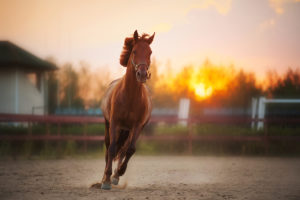
[09:48] The pros of video tape is that you can watch it multiple times. The cons are lack of immediate feedback such from a mirror.
[11:20] You don’t have to tape for a solid hour. You just need to grab certain moments.
[13:00] Pixio is a recorder where the camera will follow you around.
[13:44] I mix it up, because I like to do all three.
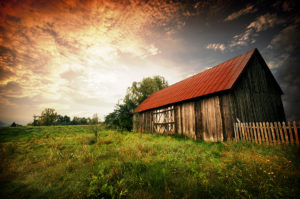
[14:28] Horses are always giving you feedback. When you can feel what is happening you have the ultimate feedback loop.
[15:50] Even videotaping 5 minutes a month, you will be able to see Improvement.
[16:09] To really make progress, videotape once a week. What you’re trying to do is improve your ability to read the horse’s body language and feel the feedback. When you can feel what’s happening with the horse’s body language, you have the ultimate feedback loop.
“When you can feel what's happening with the horses body, you have the ultimate feedback loop.” Stacy Westfall Click To TweetLinks and Resources:
6 Comments
Leave a Comment
SUBSCRIBE TO THE PODCAST HERE:
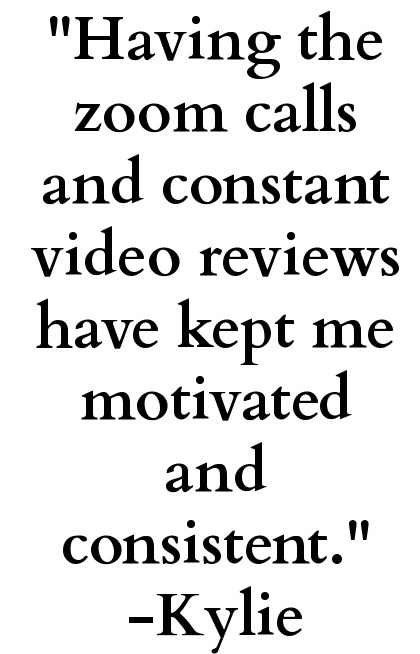
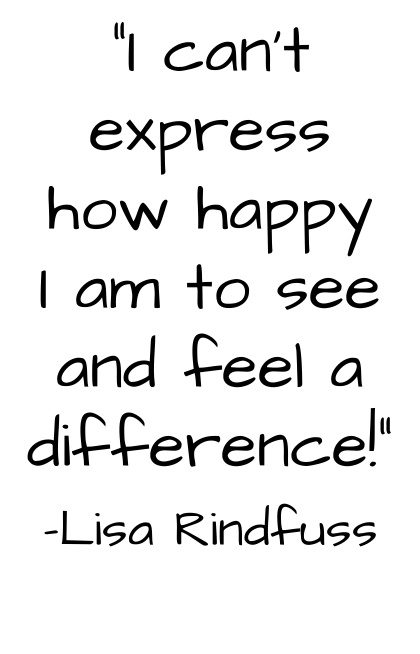
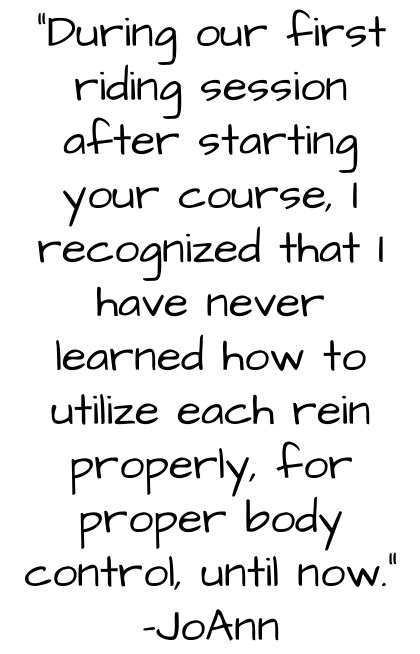
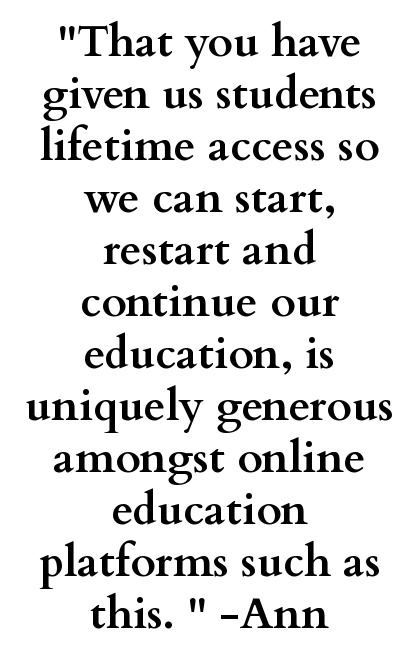
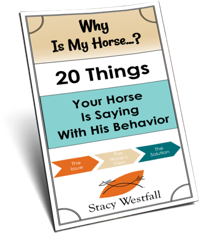
YOURS FREE
WHY IS MY HORSE...?




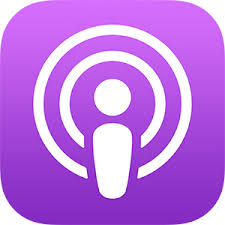
This episode helps me bridge the gap between feeling the movement and using a coach to tell me what I need to correct. I foresee mirrors in my future. I’ve put it on the priority list below the mortgage and ahead of groceries. Your fan from beautiful Prince Edward Island, mixing premium coffee.
I recently found your podcasts through a recent Mustang Maddy one. Great info and I love how you explain in clear terms. I wanted to mention that I have been enjoying my new Pivo camera app that is much cheaper than the Pixio system. Its really been helpful to look back at video. It has great tracking and a remote I can start and stop.
Yes eyes on the ground really seem to help me because I get instant feedback. I also like the video taping idea as well. When you watch your videos it is so interesting how you can see the flaws/mistakes that are made that you may not notice or feel while you are riding. My friend Randi always tells me to put my hands down. It is funny because when I am riding I don’t notice it/feel it. I have gotten a lot better but it still happens. The one picture you have of me on your website–guess where my hand is–way up high. lol It just creeps up there. 🙂 The one thing that I remember from your clinic 10 years ago was that you told me not to look at the cone. That has made a huge difference in my riding. You had said to make a plan for where you are going. Don’t look at the cone and plan your route around the cone. Love these weekly podcasts.
Just wait until you start doing western dressage with Hildi…all the ‘imaginary lines’ and letters in the arena. It’s great, right after you get past the confusion. I have struggled to explain how it feels as a trainer to plan every step but now with western dressage it is going to get a whole lot easier:)
I really enjoy your podcasts. I am trying to get better in my equitation. I have tried riding bareback and do ok at the walk but when I try to trot I really get unbalanced and have to stop to keep from falling off. I really need help with my balance and also what to do with my legs. ( I have asked a few people and have gotten that many different answers) do I wrap my legs around his barrel or do I keep my legs off ? If you can answer that or point me to a resource that could help me, I would be very grateful. I would like your advice since you definitely know what to do.
PS I don’t know if this is pertinent information or not but I am 55 years old and have only had my horse 2-3 years.
Thanks, May God bless.
Shelby Fields
Shelby, Good job trying something new! When I am riding bareback I try to feel like I am lengthening my legs on both sides of the horse, stretching down towards the ground. If I start sliding off to one side (let’s say the right side) I try to lengthen my left leg and press down through my left heel which brings me back to center.
A great way to play with this in a safer manner is by riding WITH your saddle but take your feet out of the stirrups. Then you can hold the saddle (I often have people hold the front and the back at the same time-one hand on each) and feel how pressing one heel down pulls you toward that side.
Also, there are things you can do in your saddle to improve bareback like taking one foot out of the stirrup while trotting. Then while still trotting have your foot find that stirrup, then take the other foot out of the other stirrup. This will challenge your balance while still staying safe.
Good news, Episode 16 of the Stacy Westfall Horse Podcast actually talks about this!
Have fun!